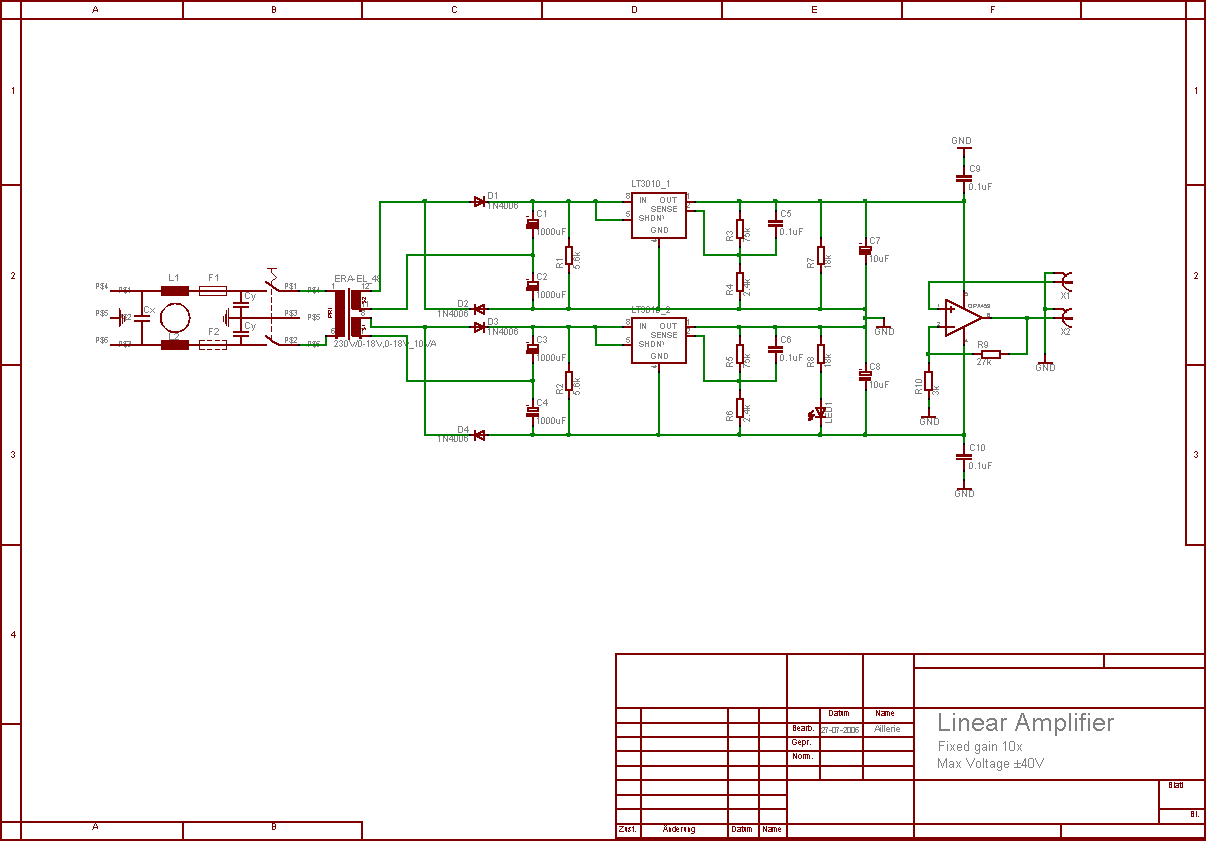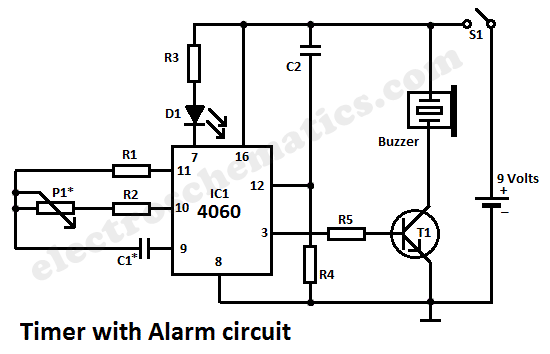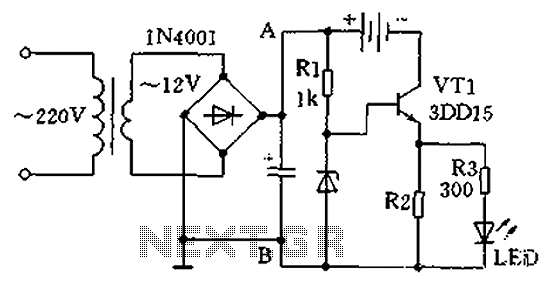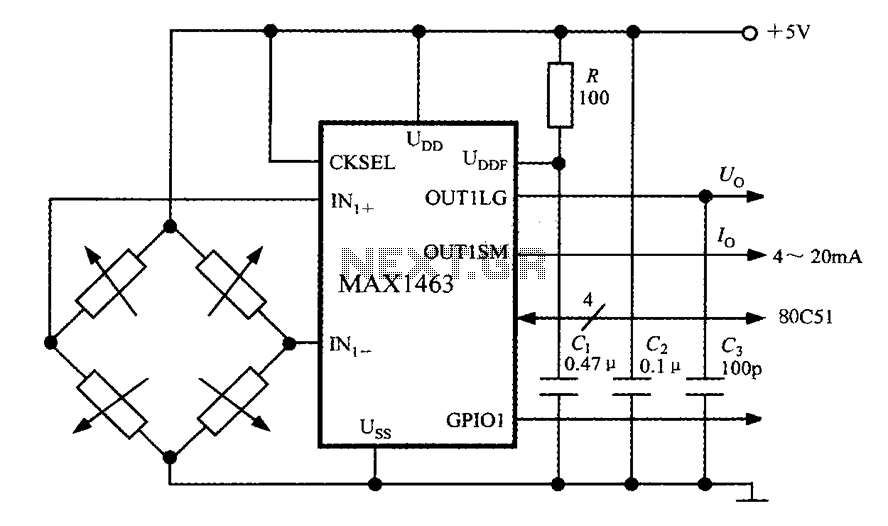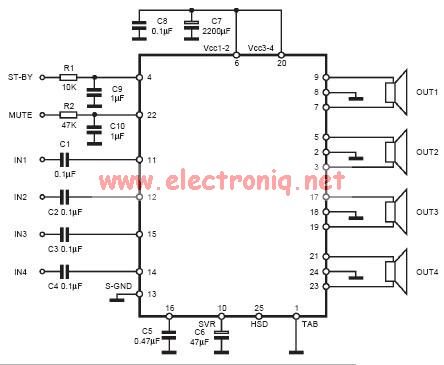
Multivibrator oscillation circuit
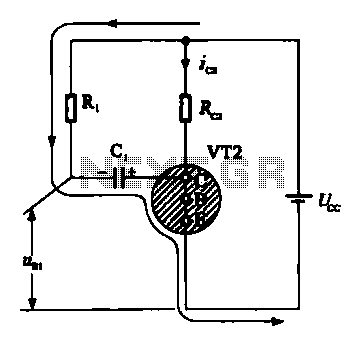
When VRI is off, 0 [2 is activated, allowing current to flow through RJ and Ci. When VT1 conducts, charging of C1 begins, causing it to discharge. This results in an inverting charge on C1, making the voltage positive, which turns on VRI. Consequently, UC is closed, leading to a negative voltage at the base electrode of VT2, causing VT2 to turn off. VT1 and VT2 alternately switch on and off, creating a resonance state.
The circuit described operates on a resonance principle involving two transistors, VT1 and VT2, and capacitors C1 and Ci. The initial state with VRI off allows the circuit to establish a specific condition where current flows through resistor RJ and capacitor Ci. As VT1 enters conduction, it initiates the charging of capacitor C1. The discharge of C1 produces an inverting charge, which results in a positive voltage across it. This positive voltage subsequently activates VRI.
When VRI is activated, it influences the state of the circuit by closing UC, which in turn applies a negative voltage to the base of VT2. This negative voltage causes VT2 to turn off, interrupting its conduction path. The alternation between the conduction states of VT1 and VT2 creates a feedback loop that sustains the resonance condition. This oscillatory behavior is fundamental in applications such as oscillators or switching power supplies, where controlled timing and energy transfer are essential for efficient operation.
The circuit's performance can be enhanced by selecting appropriate values for the components, such as the capacitance of C1 and Ci and the resistance of RJ, to achieve the desired frequency of oscillation. The design may also incorporate additional components, such as inductors, to further refine the resonance characteristics and improve efficiency. Proper layout and thermal management are crucial to ensure reliable operation, especially in high-frequency applications.It is seen from the ring, when vri off, 0 [2 is turned on, the current through RJ, Ci: When VT1 conduction, charging Cl start discharge. Then give cl inverting charge, I voltage becomes positive, vri turned on. So uc: close O, so that VT2 base electrode becomes negative, VT2 and turned off. Such VT1 and VT2 are alternately turned on and off to form a resonance state,
The circuit described operates on a resonance principle involving two transistors, VT1 and VT2, and capacitors C1 and Ci. The initial state with VRI off allows the circuit to establish a specific condition where current flows through resistor RJ and capacitor Ci. As VT1 enters conduction, it initiates the charging of capacitor C1. The discharge of C1 produces an inverting charge, which results in a positive voltage across it. This positive voltage subsequently activates VRI.
When VRI is activated, it influences the state of the circuit by closing UC, which in turn applies a negative voltage to the base of VT2. This negative voltage causes VT2 to turn off, interrupting its conduction path. The alternation between the conduction states of VT1 and VT2 creates a feedback loop that sustains the resonance condition. This oscillatory behavior is fundamental in applications such as oscillators or switching power supplies, where controlled timing and energy transfer are essential for efficient operation.
The circuit's performance can be enhanced by selecting appropriate values for the components, such as the capacitance of C1 and Ci and the resistance of RJ, to achieve the desired frequency of oscillation. The design may also incorporate additional components, such as inductors, to further refine the resonance characteristics and improve efficiency. Proper layout and thermal management are crucial to ensure reliable operation, especially in high-frequency applications.It is seen from the ring, when vri off, 0 [2 is turned on, the current through RJ, Ci: When VT1 conduction, charging Cl start discharge. Then give cl inverting charge, I voltage becomes positive, vri turned on. So uc: close O, so that VT2 base electrode becomes negative, VT2 and turned off. Such VT1 and VT2 are alternately turned on and off to form a resonance state,
